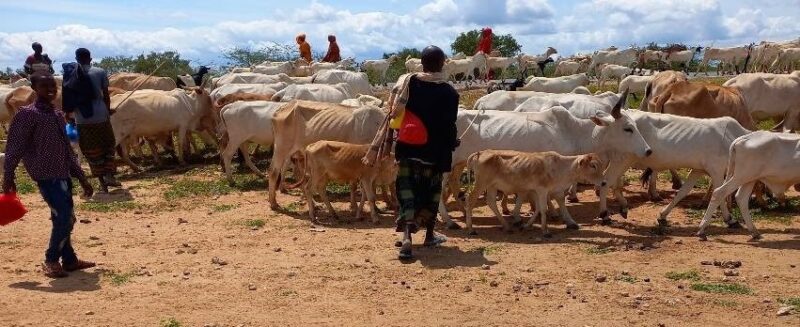Hussein Abdullahi Mahmoud, Padmini Iyer, Louisa Brain, Maissoun Hussein
This paper explores mobility and migration in the context of strategies of adaptation to dynamic environmental changes in Tana River County of coastal Kenya. The study has three objectives.
First, it critically considers the extent to which migration represents a strategy for adapting to environmental change and ecological degradation. For example, for whom and under what circumstances does moving serve as a positive adaptation and open up new opportunities? For whom does it represent distress-related migration or forced displacement? And how do those who do not and cannot move at all manage, given the environmental pressures they face? In this context, the research aims to put forward an alternative, more nuanced approach to understanding the movements of pastoralist communities in Tana River County, Kenya.
Second, the study explores the political, economic and academic interests behind the narratives shaping climate policy and programmes. It asks why some perspectives on migration and the environment have gained prominence over others and the reason for their importance. What underlying interests or agendas might be driving these narratives? Do they emerge from particular geographies, institutions or organisations? Under what circumstances does a shift in the narrative occur and to what extent do local perspectives and experiences inform the direction of these narratives? These questions are important as they tell us which people, places or organisations are driving the terms of the debate in climate policy, programmes and research.
Third, the research considers the impact that these findings have for the development of climate-related policy and programmes in Tana River County. What lessons can be learned and how should migration better be included and (re)framed in the context of environmental change?
You will need a PDF reader such as Adobe Acrobat (downloadable from Adobe) to view PDF file(s).
Image source: Hussein Abdullahi Mahmoud July 2022
